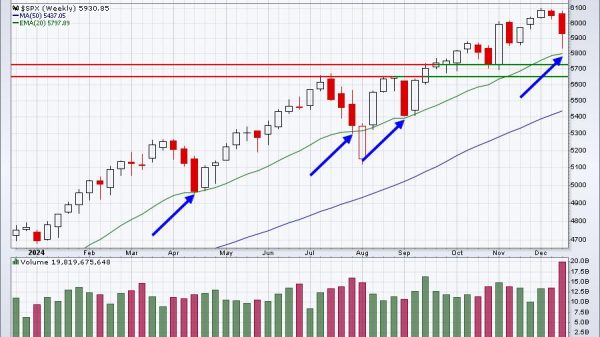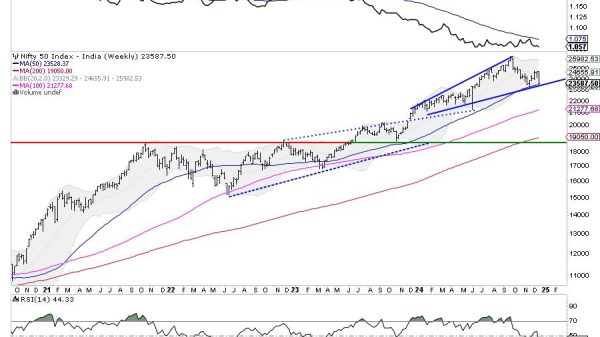Whether it’s for a gift, helping out a loved one, or moving across the world, we all want to have as much of our money transferred into a foreign currency when the transaction is complete.
However, despite our best efforts, we can be slugged with unfair exchange rates, fees for conversion, fees at the other end for the transaction, then more fees for withdrawal! How can you avoid the pitfalls of sending money overseas? Here are our top tips to send money overseas with a minimum of fuss and of course, as low fees as possible.
Check the exchange rates
The exchange rate used when converting money from one currency to another is known as the foreign exchange rate. Exchange rates fluctuate over time and might alter based on the bank or business you employ to do the transaction. Global occurrences like natural catastrophes or political upheavals can have an impact on the world’s currency markets. You need to check the exchange rates at the time of transfer – or try to time your transfer so that your home currency is stronger against the foreign currency you wish to send overseas.
Look at the “bid” and “ask” prices
Advertised exchange rates on websites may be the “mid-market” price – the price that is half-way between what exchanges will buy your local currency for and what they will sell into the foreign marketplace. These are the best potential prices – the highest price a buyer is willing to pay, and the lowest price a seller is willing to take. Simply looking at the mid-market price will not give you the complete picture on what will end up in the destination account – be sure to know these two prices before confirming.
Use a foreign exchange specialist
Instead of using bank transfer or credit cards – which can have foreign transaction fees as high as 3% – consider using a foreign exchange specialist. The ACCC showed that the big four banks have the highest fees for foreign currency exchange in Australia.You could use PayPal or Venmo, but they also take fees as a percentage.
Let’s say you are sending money to relatives for Diwali. The best way to send money to India would be to use a foreign exchange specialist that uses different methods to ensure you send the maximum amount possible. These may be limit buys or stop limits, which only executes a transfer when a minimum or maximum price is reached on the market. Specialist Exchanges often charge relatively low or even zero transfer fees and may be as fast as wire or electronic transfers.
Confirm the destination accounts (and confirm again)
Even while digital wallets or peer-to-peer payments may simply need an email address or phone number, compatibility concerns might cause trouble. It’s possible that the receiver won’t be able to use the service you’re using. Transferring money through wire? Incorrect information input might cause delays. Even worse, your funds can wind up in another person’s account – which may take weeks to recover, if you recover it at all.
Beware of scams and fraud
Social media and websites are fraught with scams and fraud, sometimes offering “bonuses” or doubling of your money when you send a certain amount. Don’t be fooled – a legitimate foreign exchange company would never ask for your passwords, ask you to send cash in the mail, pressure you into giving up personal information, or offer commissions to help move large amounts of money. To learn more about scams, visit the Australian Banking Association.
Read more:
Top Tips for Sending Money Overseas
























